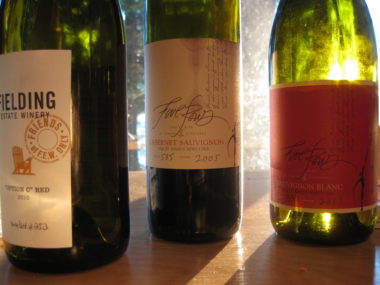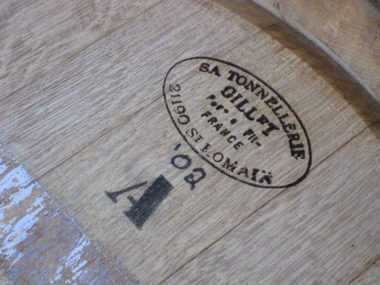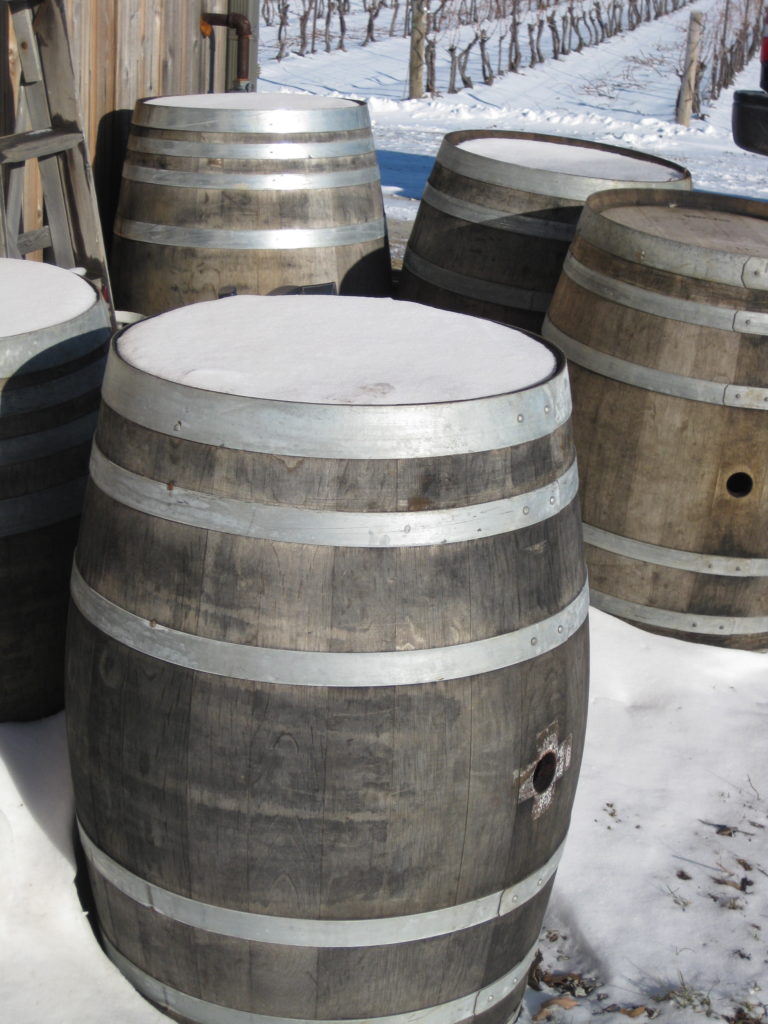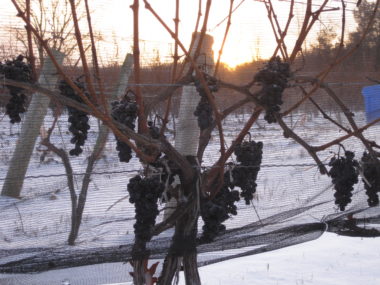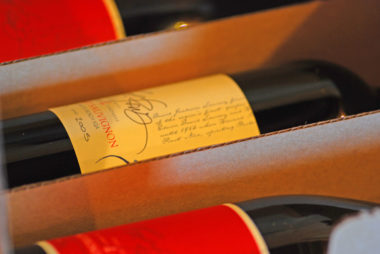This is a Five Rows Library update for those who are still cellaring our 2005 Cabernet Sauvignon:
Bottle #535 (only 30 bottles left in the collection)
Date Consumed: July 7th, 2012
Setting: Our annual trip up north to Hurricane Point on Pigeon Lake for a quick summer recharge session. A beautiful Bobcaygeon sunset prelude to a night of fishing and Texas Poker.
Occasion: Celebrating a ferocious Muskie encounter the previous evening – “Son…I think we’re gonna need a bigger net”
Meal: Steve’s Famous Chicken Chili
Musical Accompaniment: Cuff the Duke – “Listen to your Heart”
Conversation: Old times at the cottage and Bella’s swimming prowess
2005 Five Rows Cabernet Sauvignon: Have not visited this vintage for a couple of years. Aromatics have intensified tremendously and include ripe Burbank plum, black currant jam, vanilla and mocha. I’m most pleased with how the tannins have softened and matured since we last indulged. I’ve always felt like this Cab needed time to reach it’s full potential, now my patience has been realized. It was a pleasure to drink. Perceptible flavours include candied cherry, red licorice, mocha and vanilla bean. It’s hard for me to advise people not to consume this wine right now, but I believe it still has some life to live yet.
